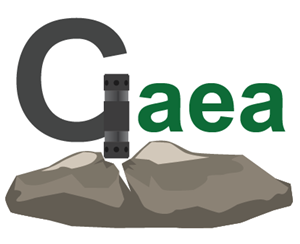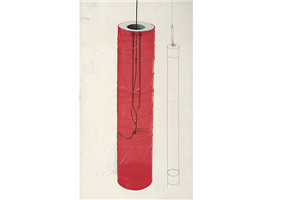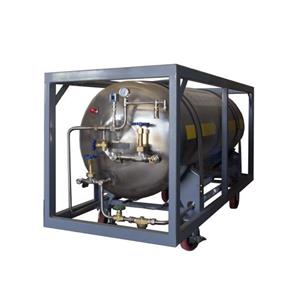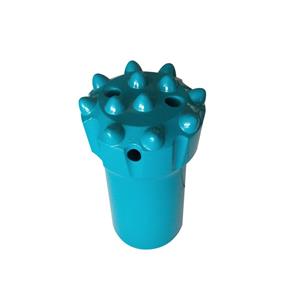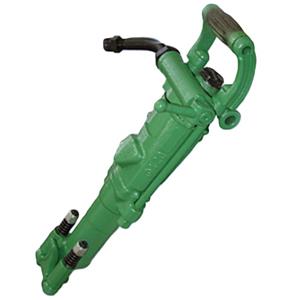Hard-rock drilling won’t “get stuck”! Three core parameter-adjustment tips
Hard-rock formations (typified by granite, basalt, etc.) have high hardness and toughness, imposing strict requirements on the matching of drilling parameters. Proper adjustment of rotary speed, drilling pressure (WOB/bit pressure), and cuttings removal (flushing) is key to improving penetration rate and reducing equipment wear. The following explains the adjustment logic and practical rules for hard‑rock drilling across these three core parameters.
Rotary speed: low speed for effective breakage Because of the high hardness of hard rock, drilling is normally performed at low rotary speeds so the bit teeth have sufficient contact time to break the rock. Hard rock is dense with few natural fractures; tooth‑type roller‑cone bits must press and wedge into the formation over time. If speed is too high, the teeth’s contact time is drastically shortened and they will skid off the face before effective breakage occurs. This “air‑milling” not only fails to improve penetration but also accelerates bit wear.
In practice, rotary speeds for hard‑rock drilling are typically controlled in the 30–60 rpm range. For example, when drilling granite, raising speed to 100 rpm causes the teeth to slide rapidly across the surface and only produce shallow scratches without penetrating the rock mass. Reducing speed to around 40 rpm allows the teeth to remain in contact with the face and apply sustained pressure; the wedge action and the tooth hardness progressively split the rock, increasing breakage efficiency by more than 30% while significantly reducing bit wear.
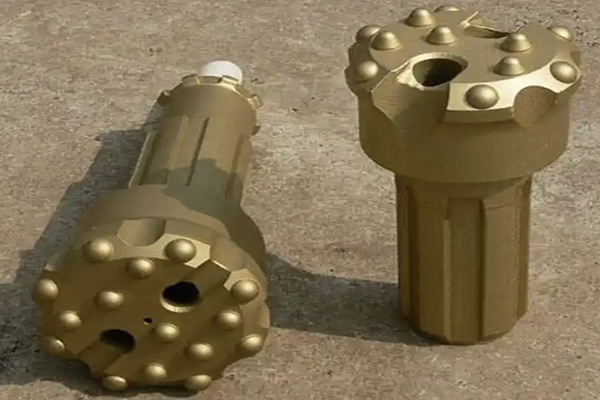
Drilling pressure: apply sufficient pressure to overcome rock resistance Hard rock often has high compressive strength (commonly >100 MPa), so adequate drilling pressure is required to overcome resistance and drive the bit teeth into the formation. Insufficient pressure causes the teeth to slip on the surface and produce a “skidding” effect; appropriate higher pressure enables the teeth to penetrate the surface stresses, reach internal fissures or intercrystalline gaps, and break the rock by combined extrusion-and-shear action.
In engineering practice, drilling pressure in hard‑rock operations is commonly set around 3–5 MPa. For example, in mining hard ore, if bit pressure is only 2 MPa the teeth cannot establish effective breaking points and the penetration rate may be below 0.5 m/h; increasing pressure to 4 MPa allows deeper tooth engagement, periodic stress cycles to enlarge fractures, and penetration rates of 1.2–1.5 m/h, with better integrity of broken rock for subsequent handling.
Cuttings removal (flushing): sufficient flushing to maintain a clean working face Although rock cuttings from hard‑rock drilling are relatively fine, slow penetration makes it easy for cuttings to accumulate at the bottom of the hole, creating a vicious cycle of “re‑breaking” — packed cuttings block the bit from contacting fresh rock, increase wear, and waste energy on re‑crushing cuttings, lowering overall efficiency. The core goal of cuttings‑removal adjustment is to ensure adequate flushing fluid flow so cuttings are evacuated promptly.
For hard‑rock drilling, flushing flow rates are typically controlled at 40–80 L/min. For instance, in an underground hard‑rock tunnel project an initial flushing flow of 30 L/min led to 5–8 cm of cuttings buildup at the bottom; bits needed replacement every 2 hours and daily footage was under 8 m. After increasing flow to 60 L/min, residue at the bottom was kept under 1 cm, bit life extended beyond 8 hours, daily footage rose to 15–18 m, and bit procurement costs dropped by about 40% due to reduced wear.
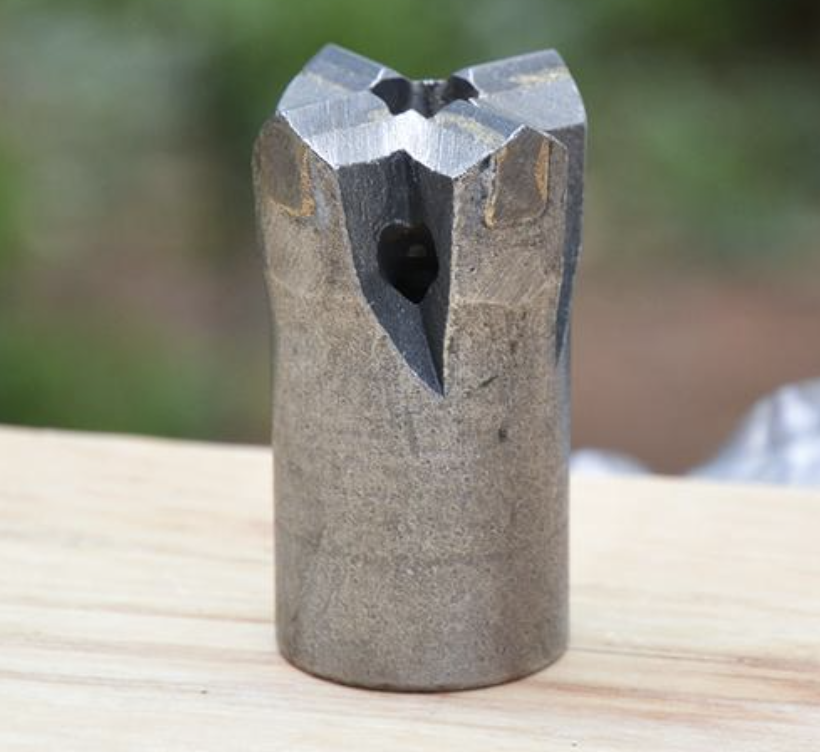
Parameter coordination: the core logic of the three together Parameter adjustment for hard‑rock drilling is not isolated optimization of individual values but coordinated matching of all three:
Rotary speed and drilling pressure: when increasing drilling pressure, maintain low speed to avoid instant overload and sudden bit failure under high speed/high pressure conditions.
Flushing and drilling pressure: when increasing flushing flow, coordinate with drilling pressure to prevent excessive flushing impact from compromising hole-wall stability.
Only by forming a matched combination of speed, pressure, and flushing can high‑efficiency, low‑consumption hard‑rock drilling be achieved.
